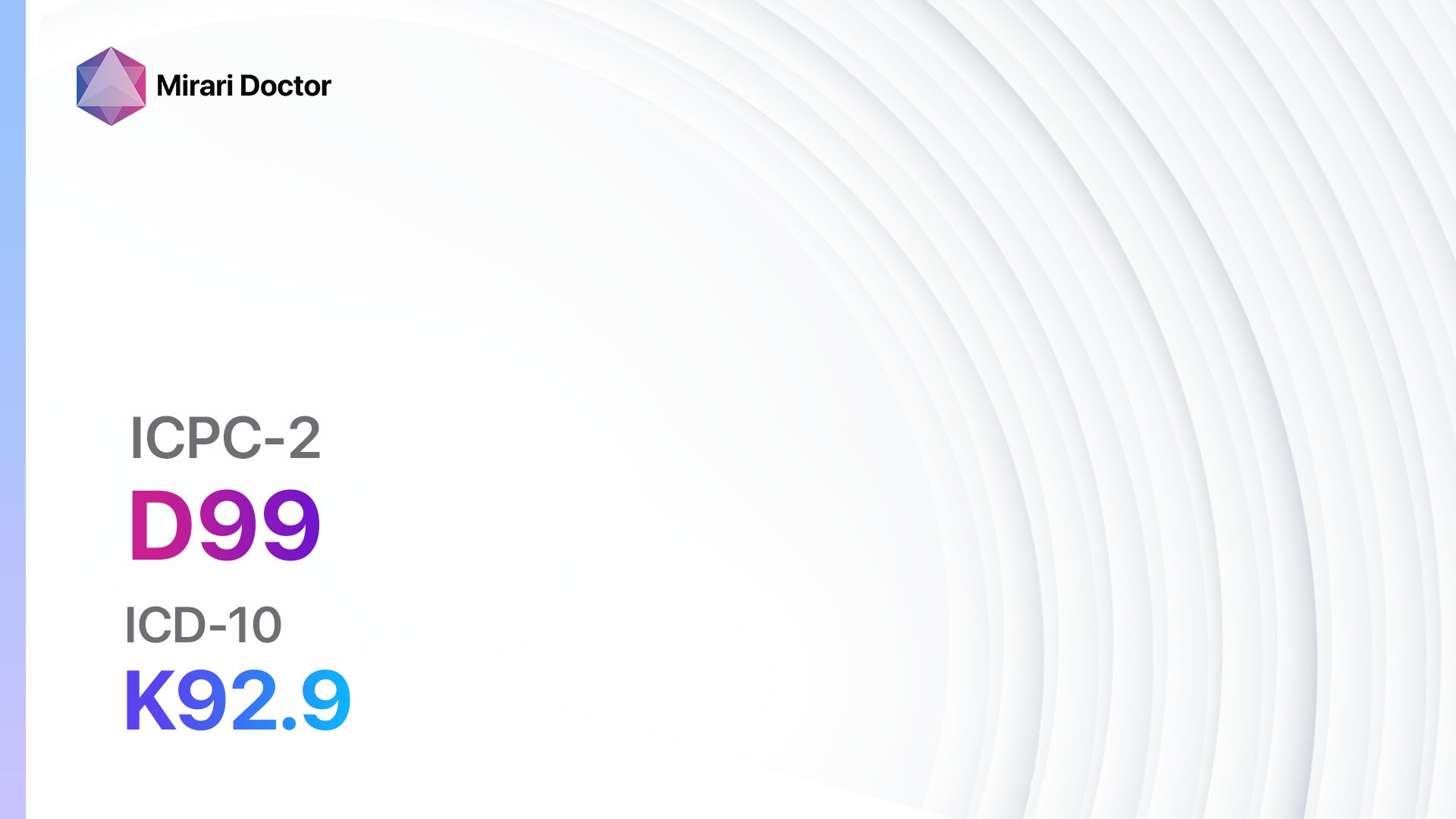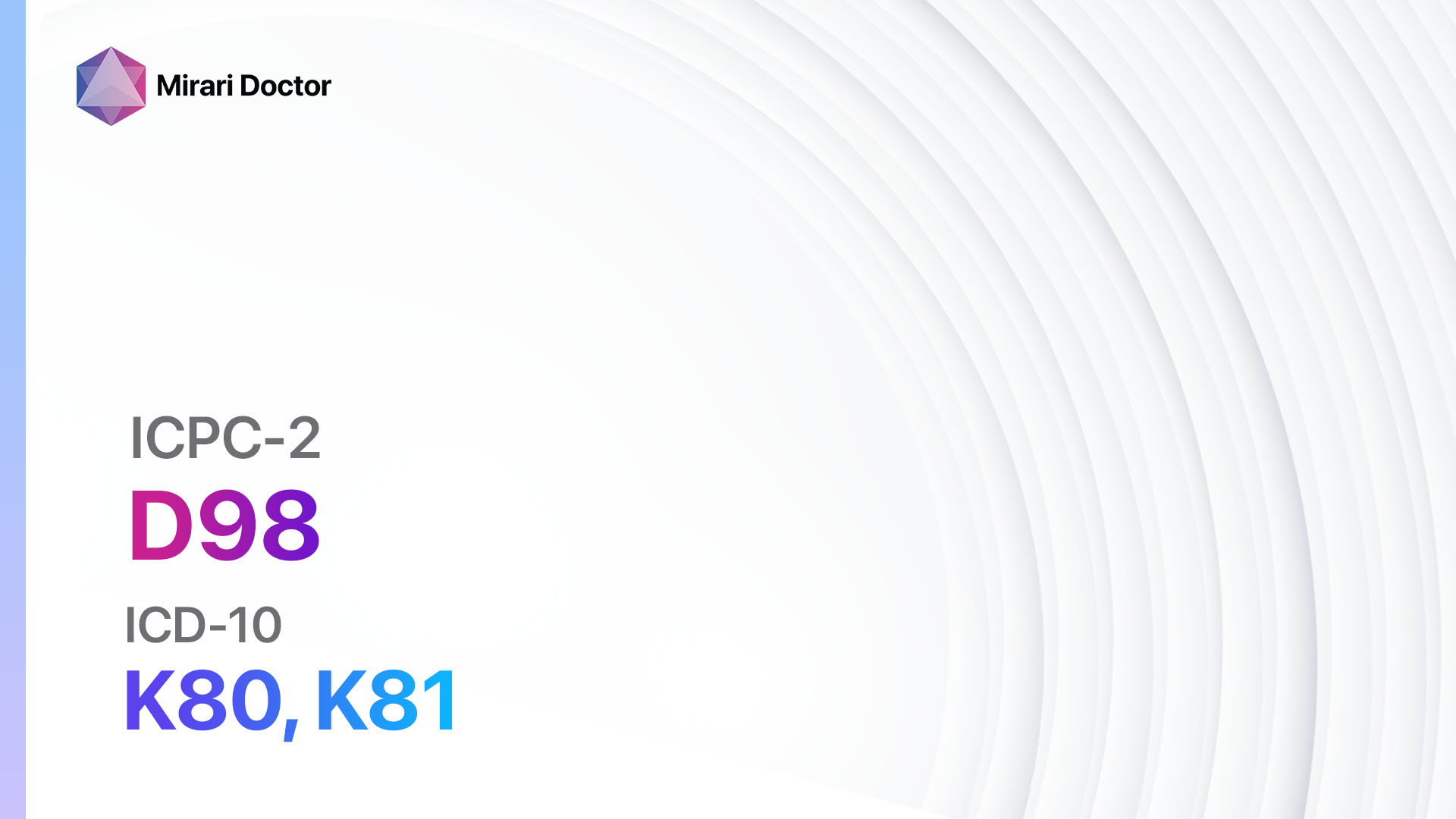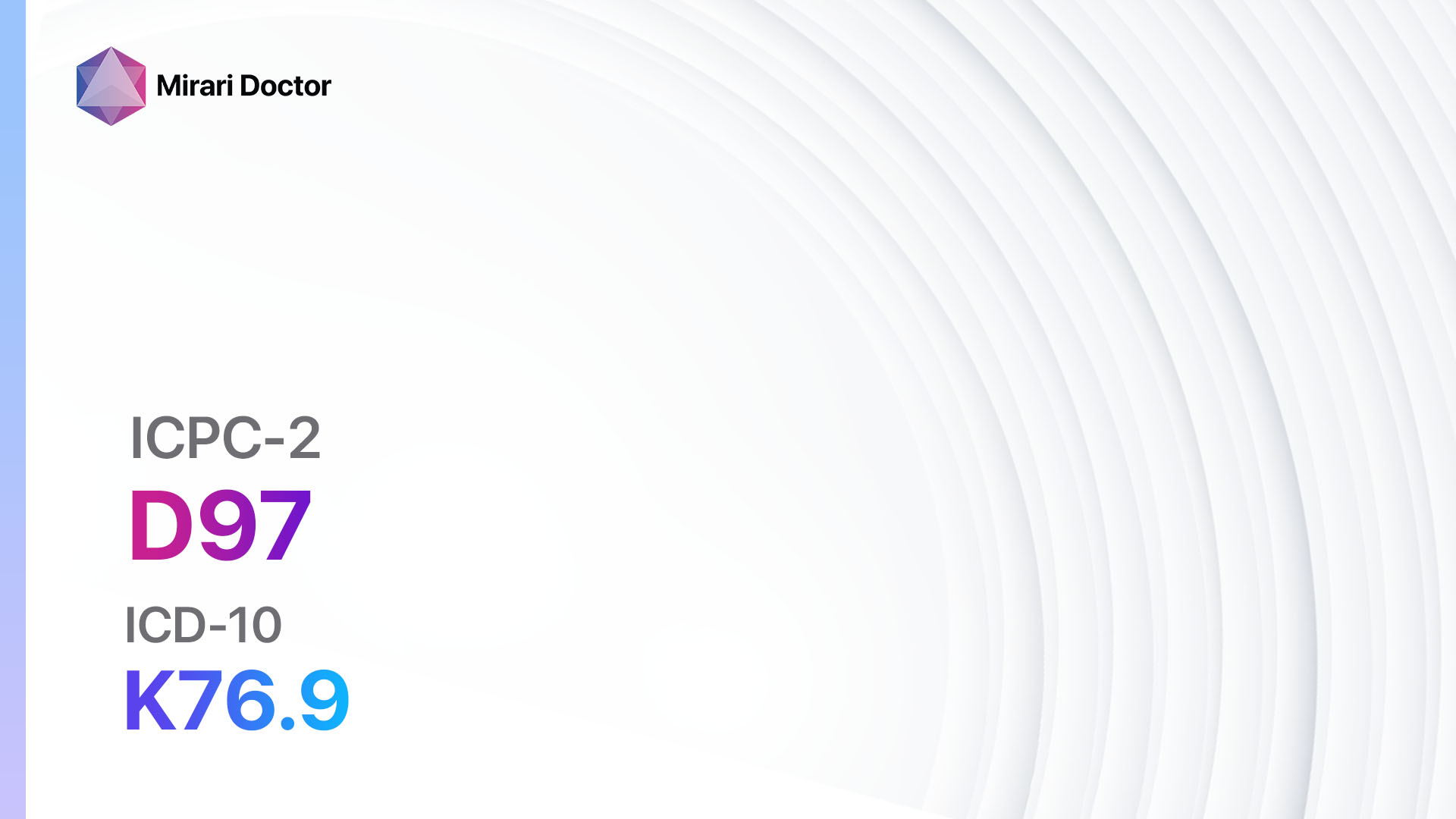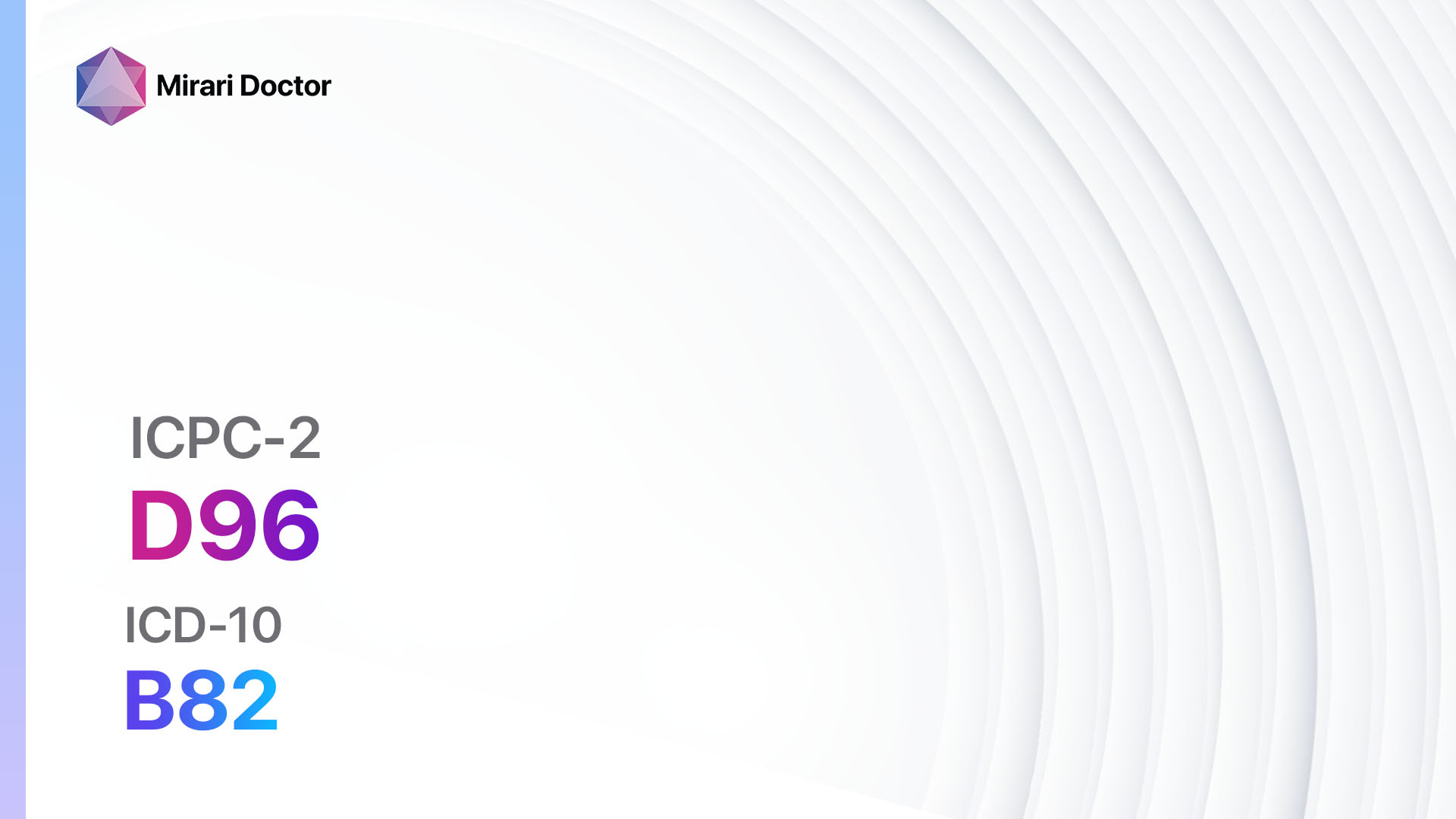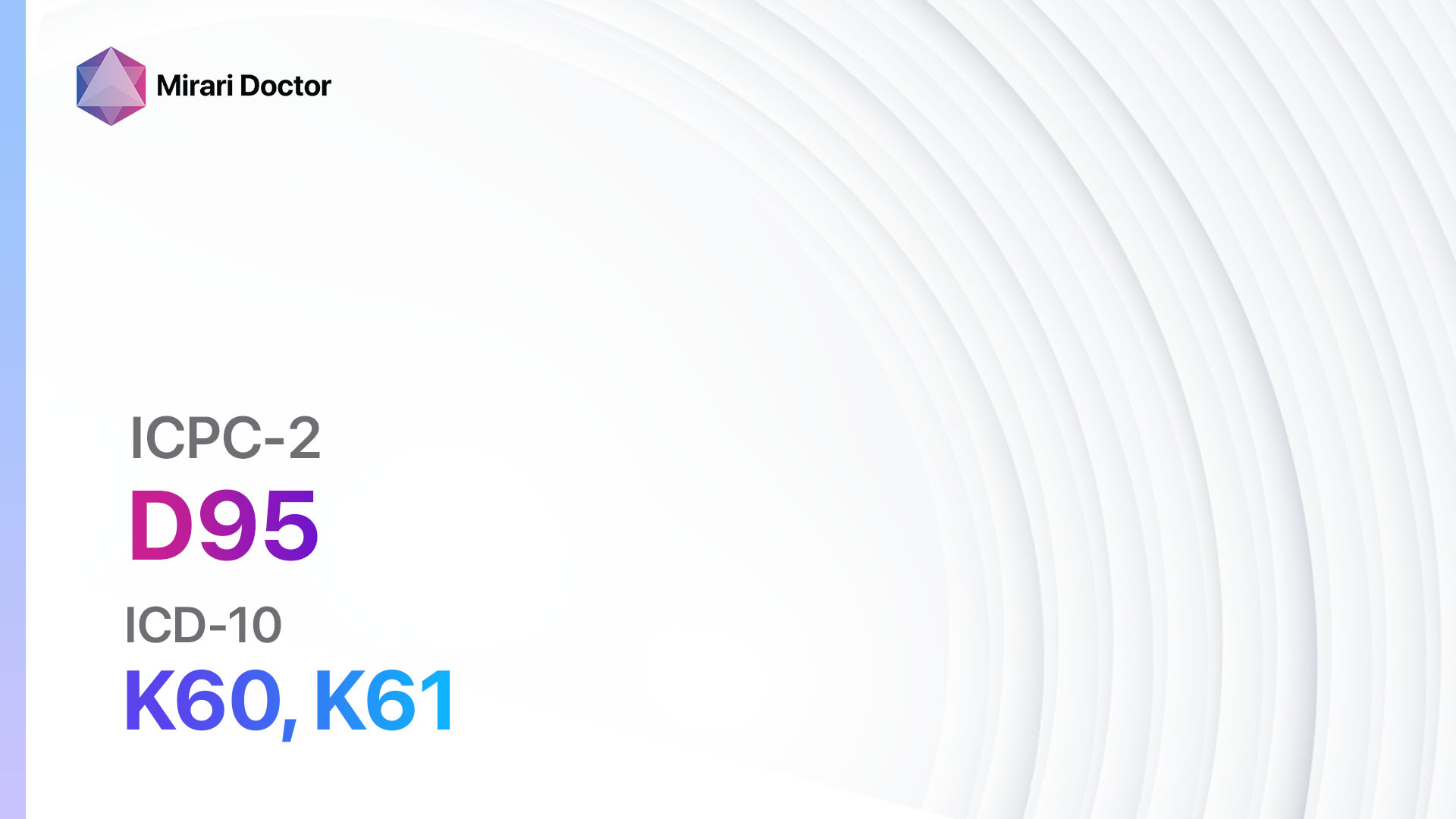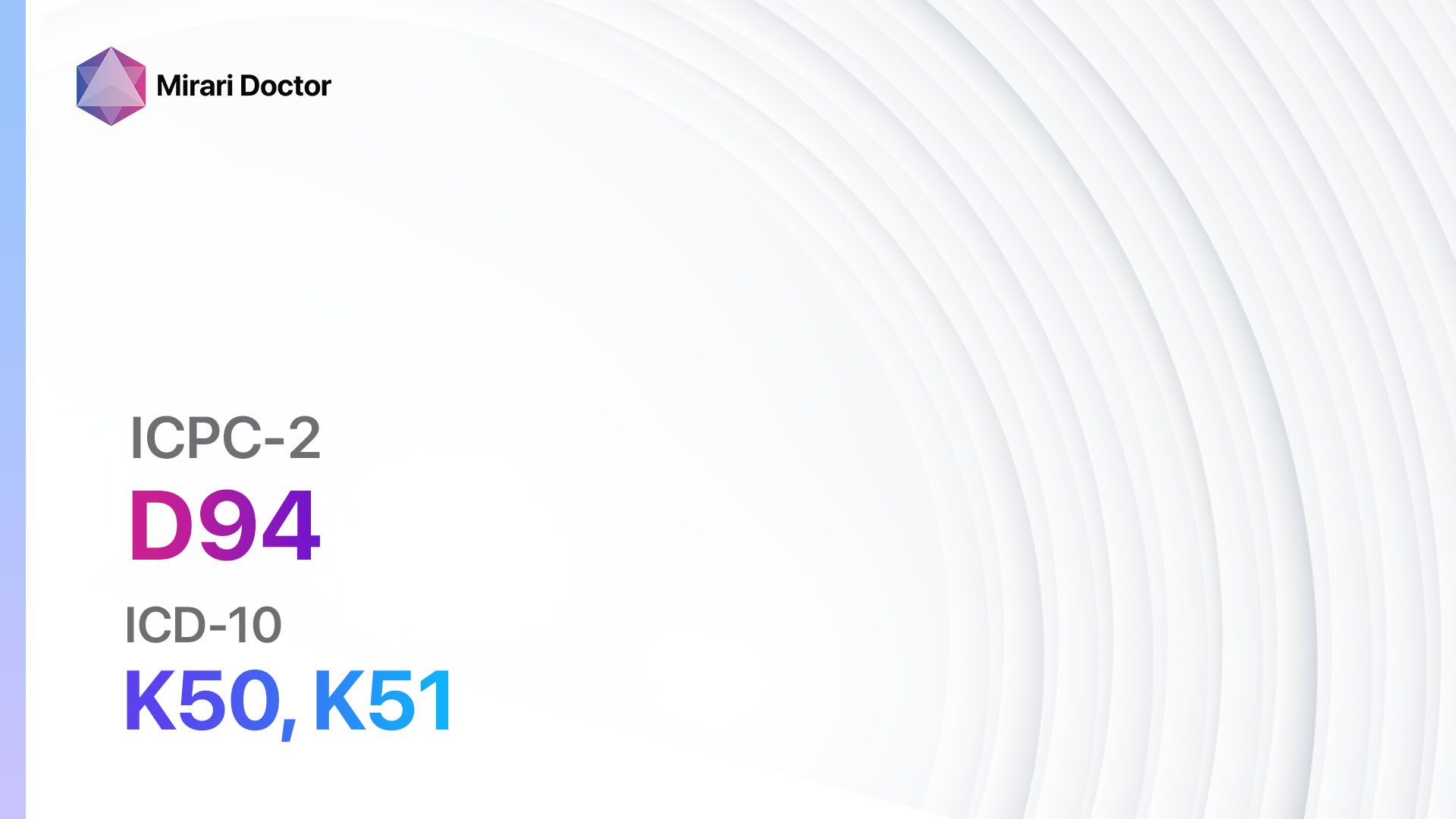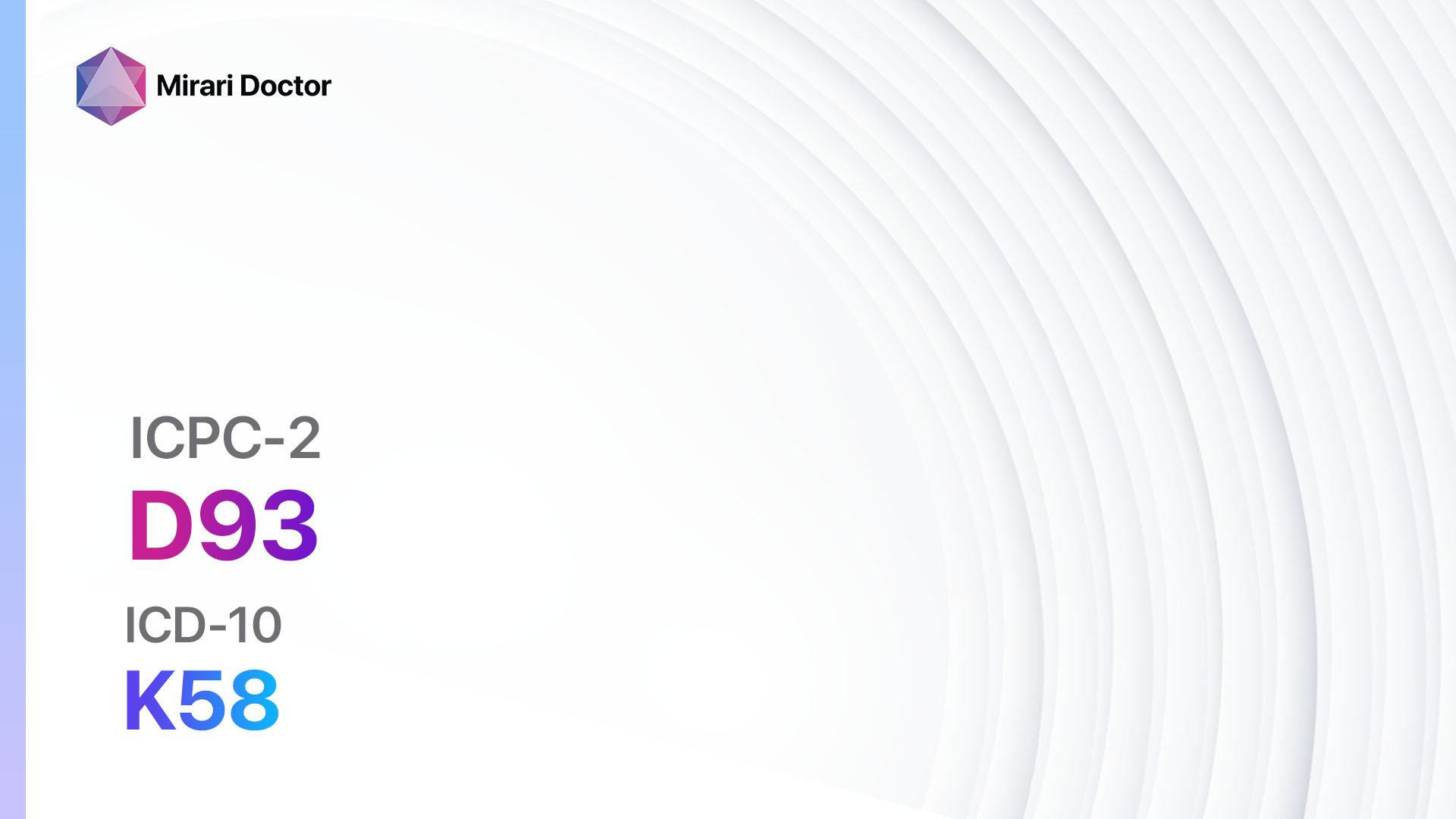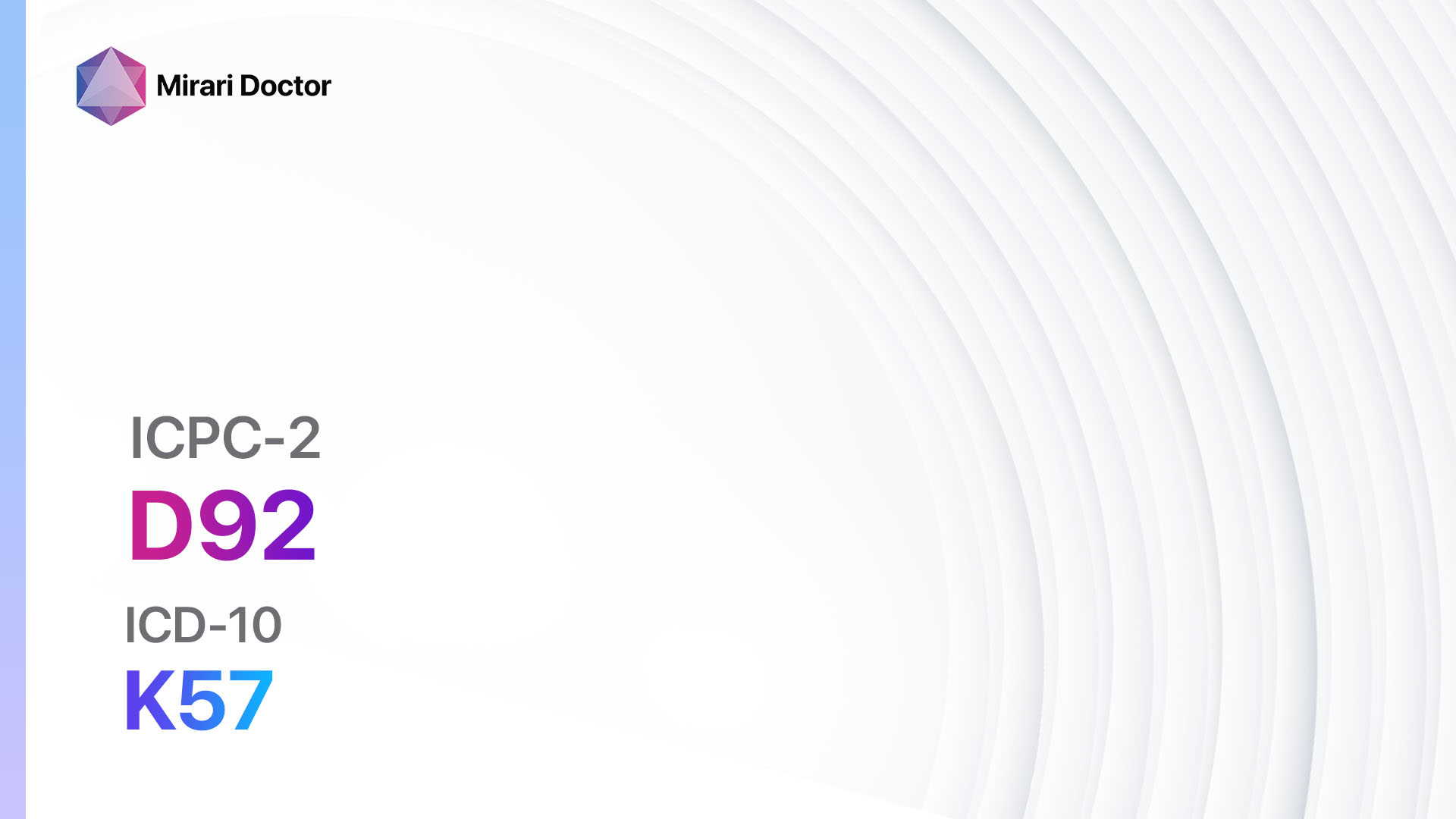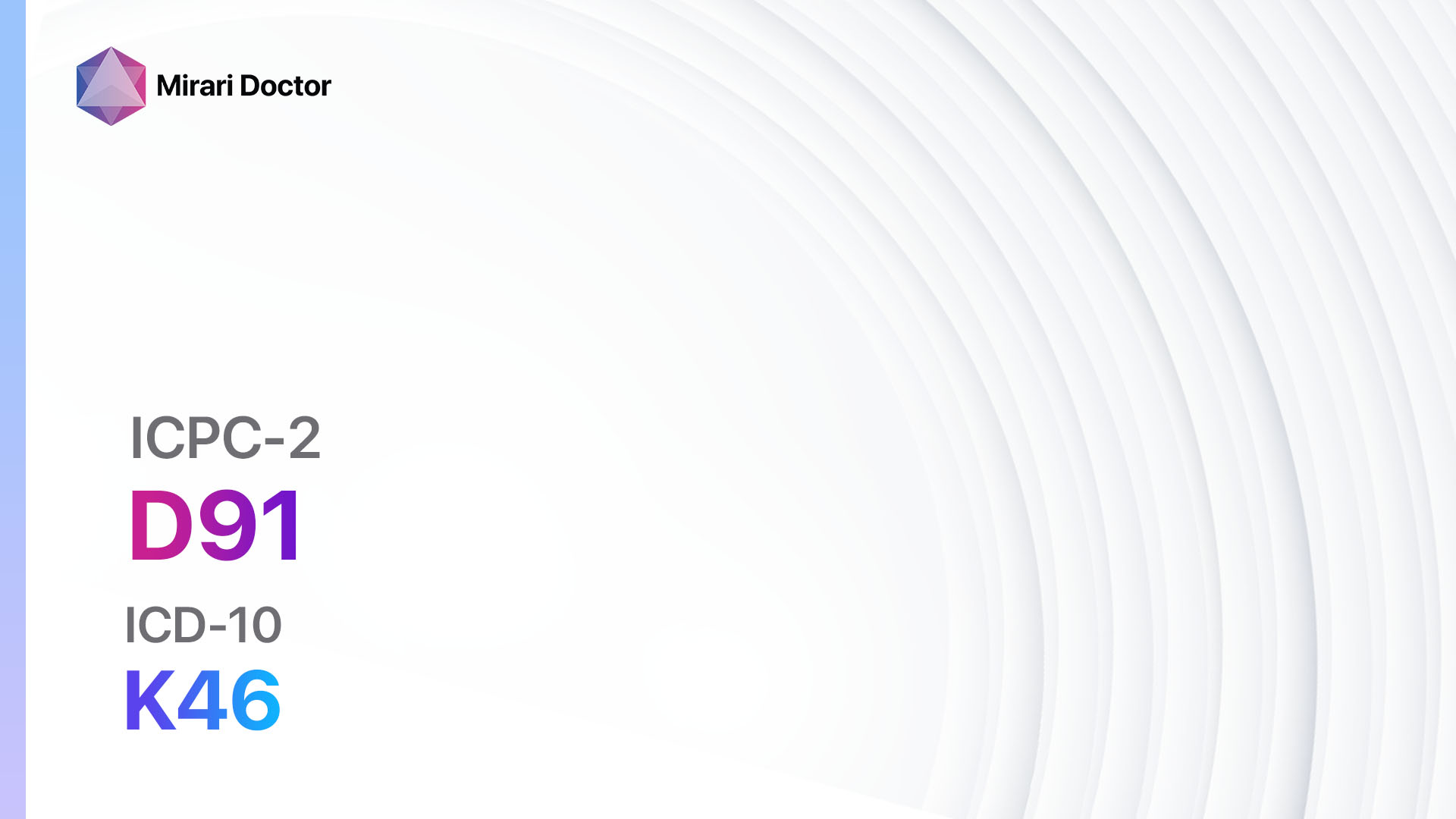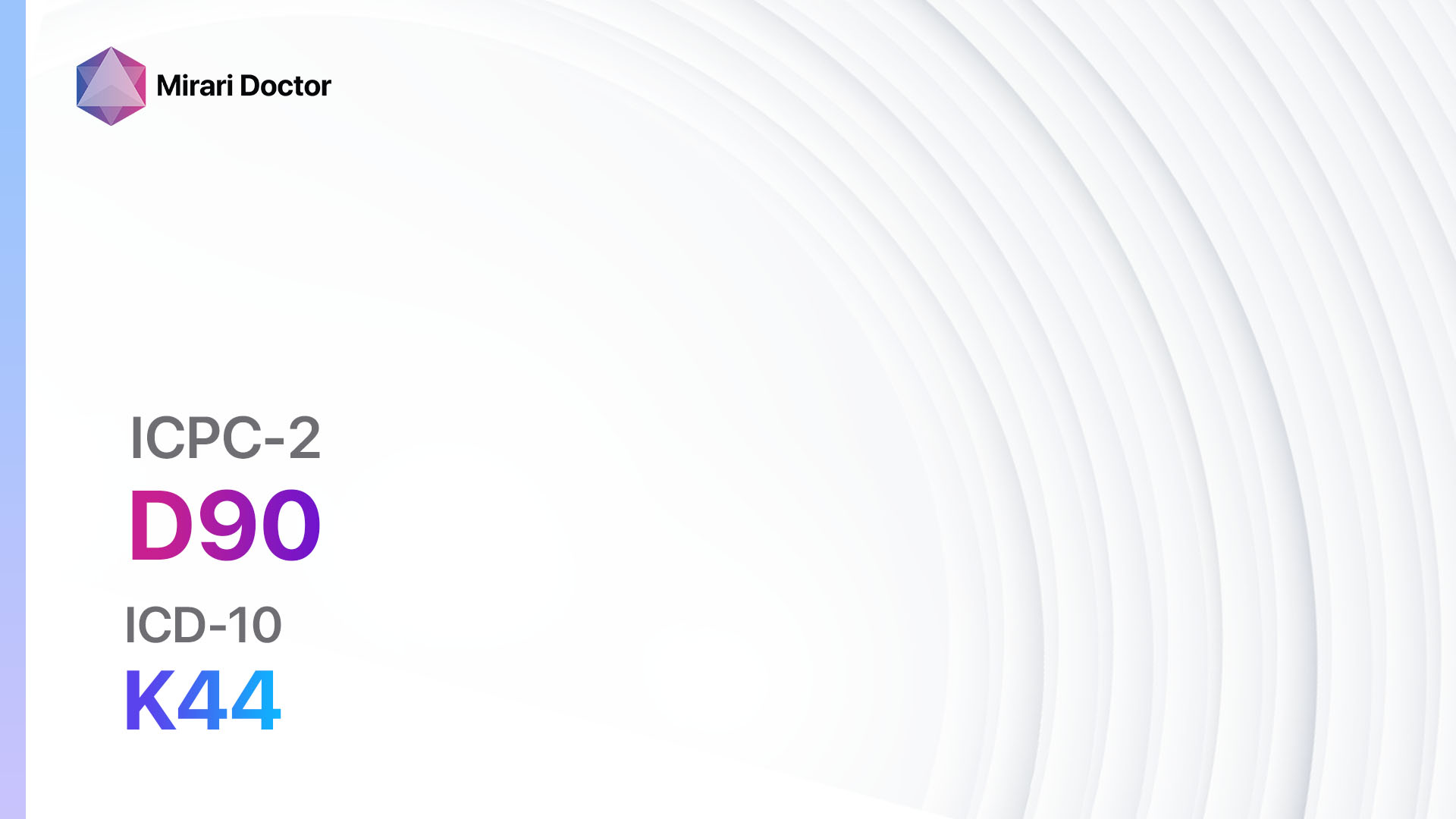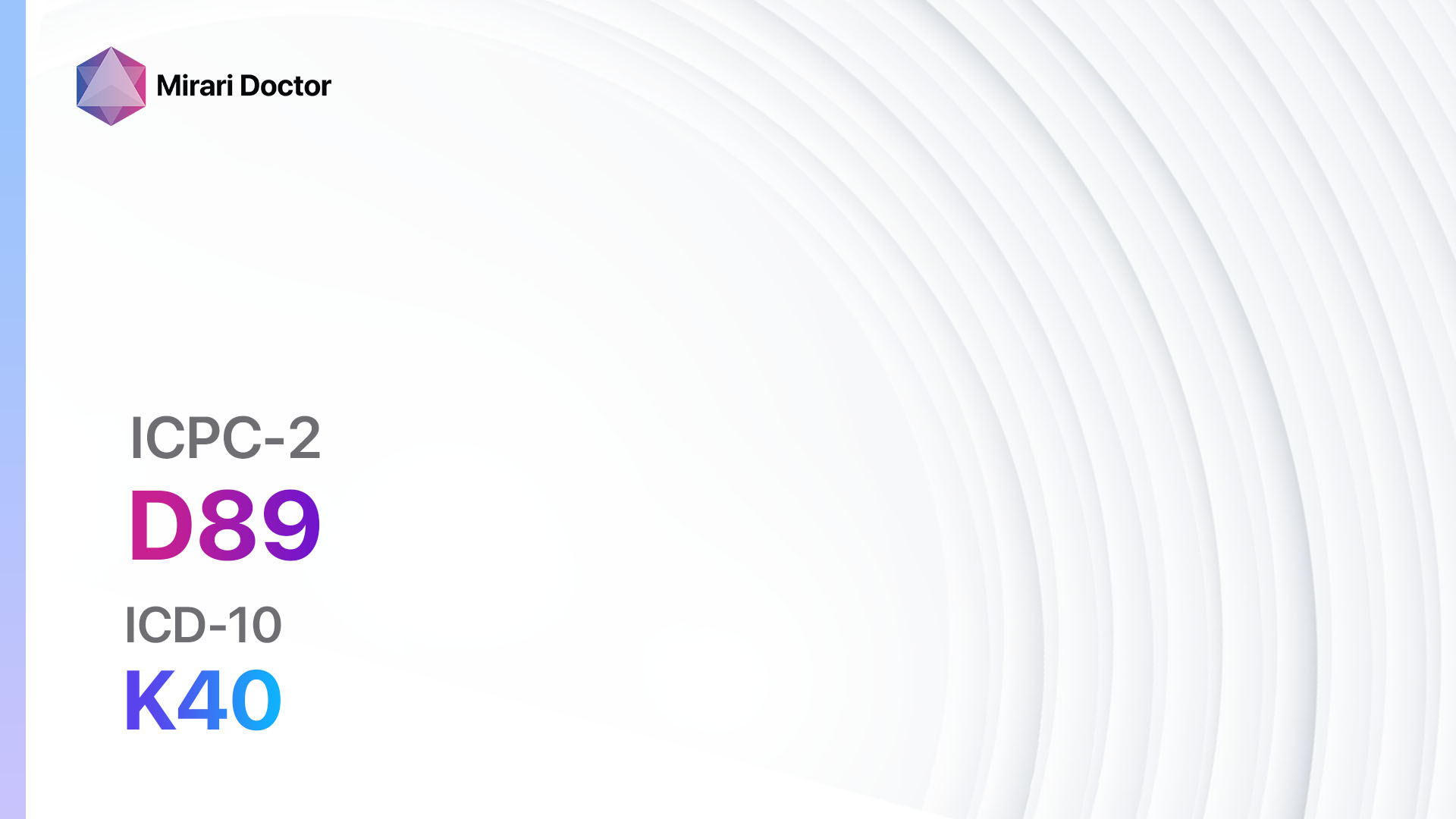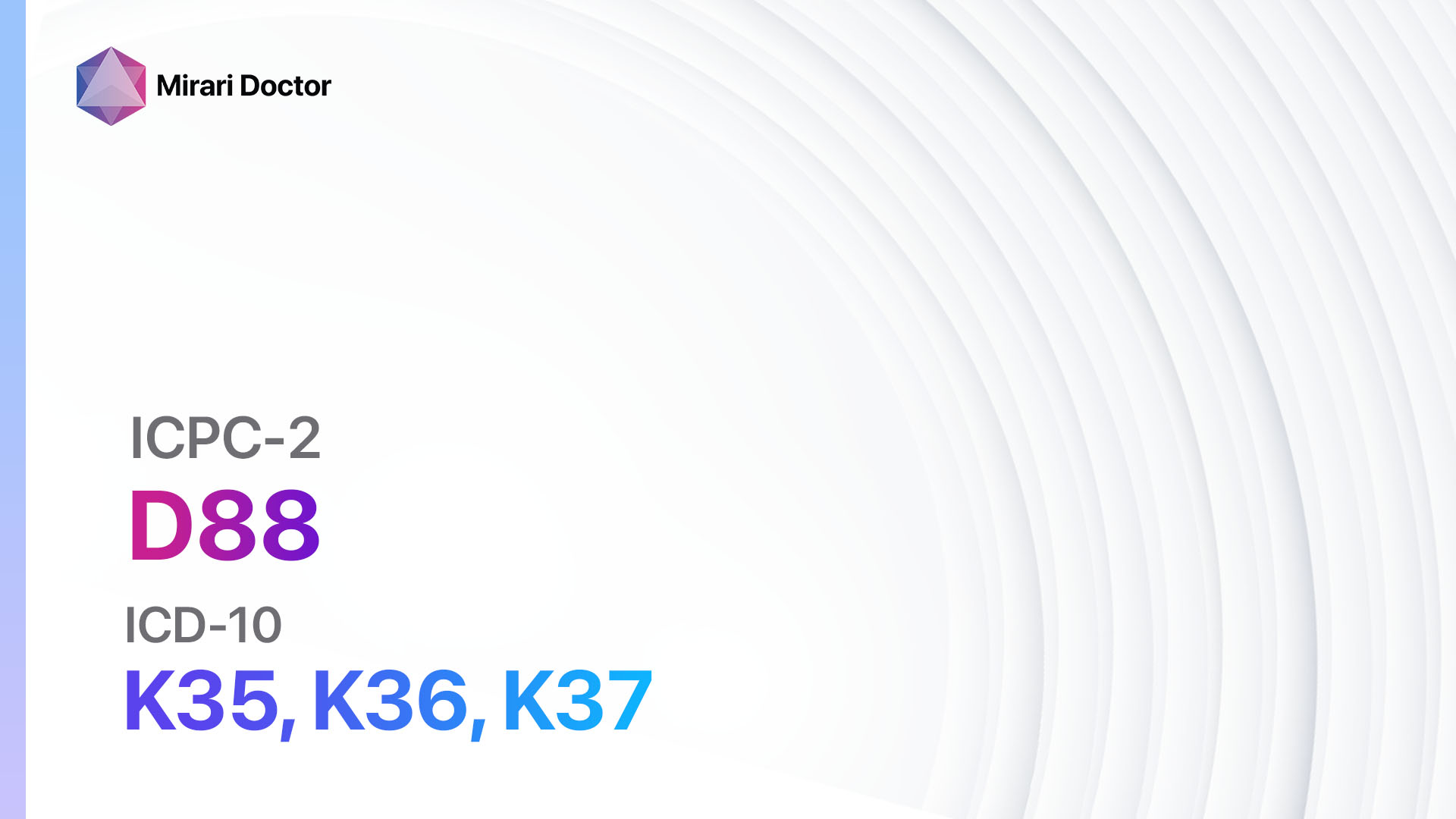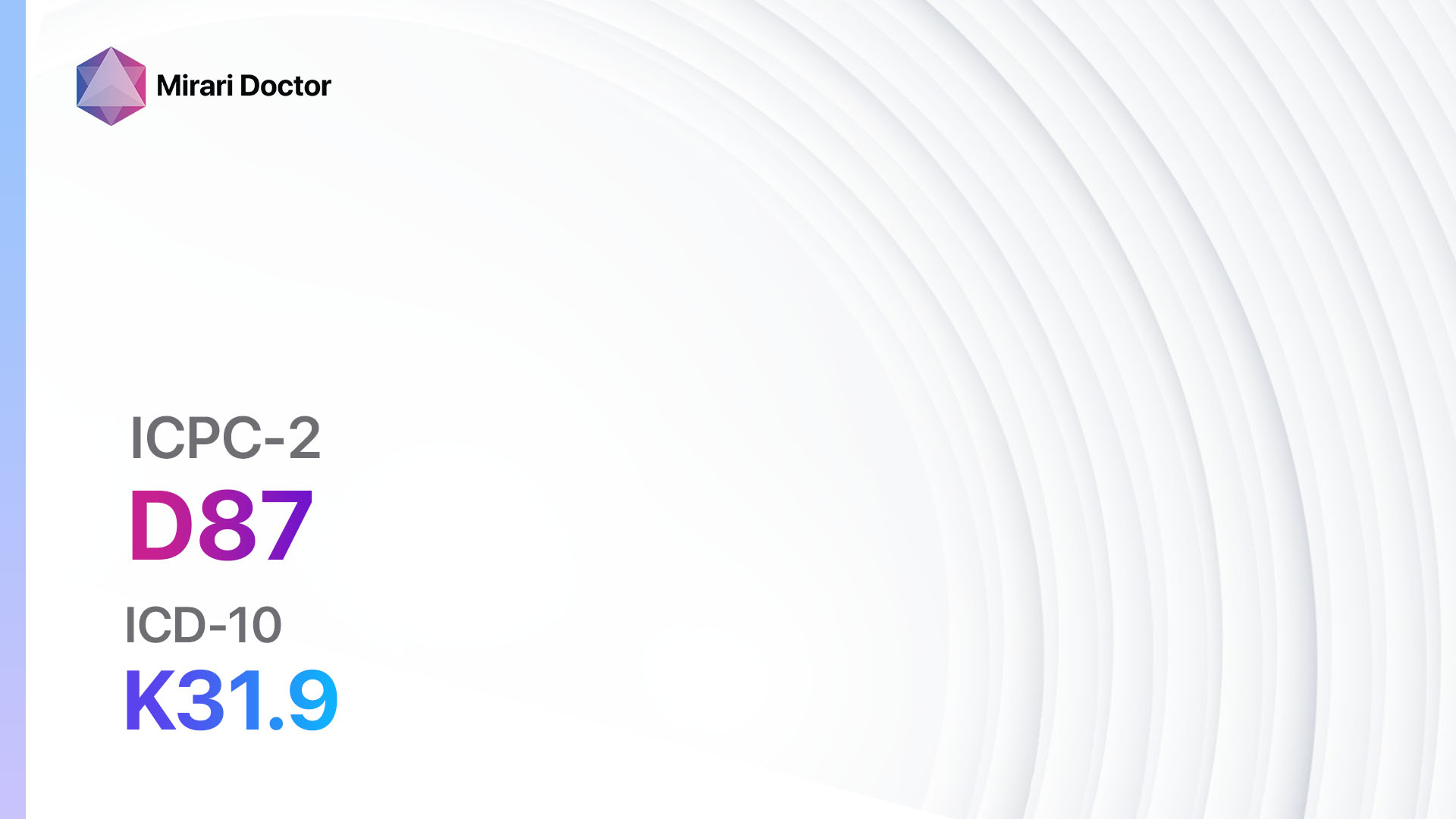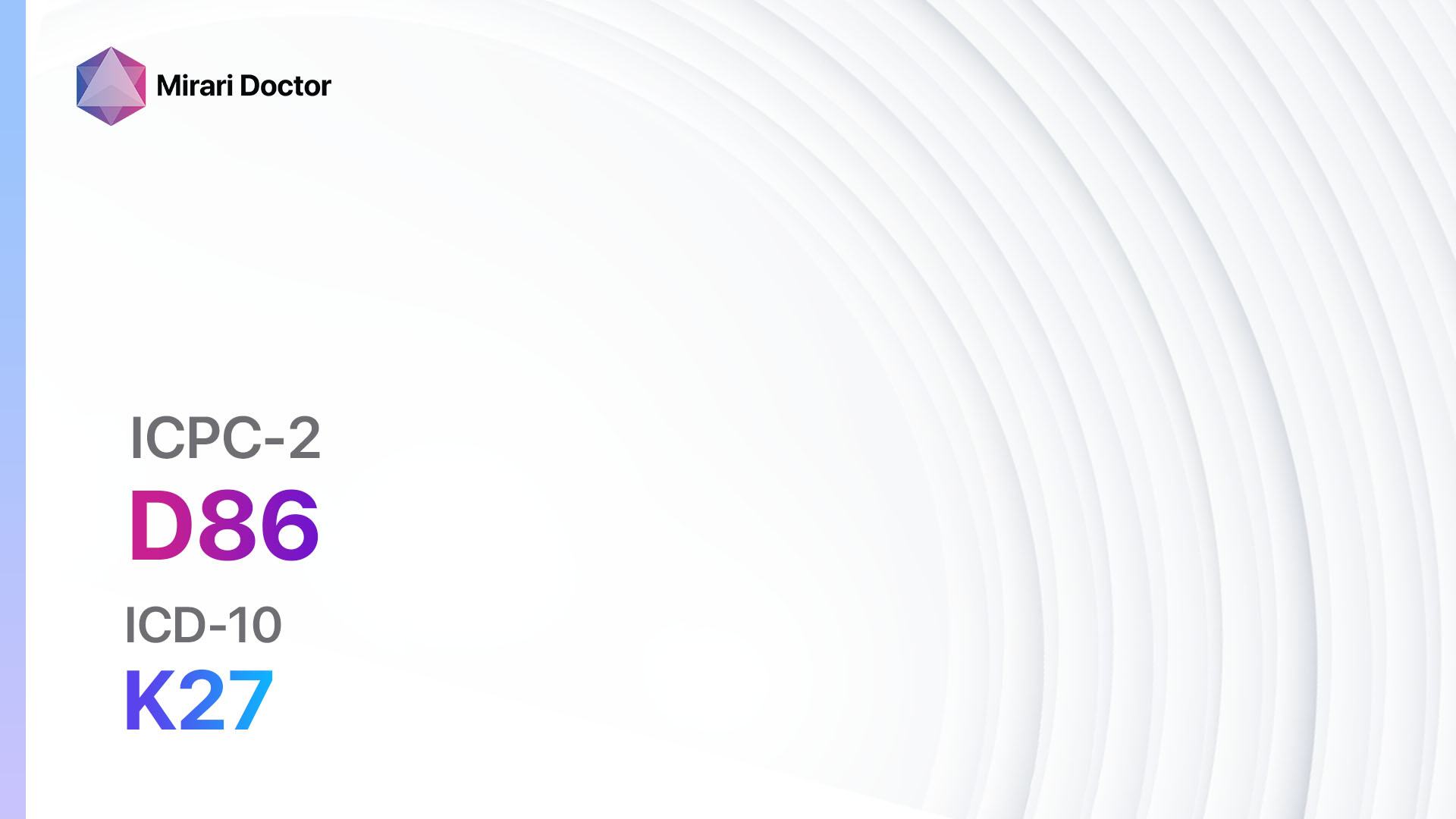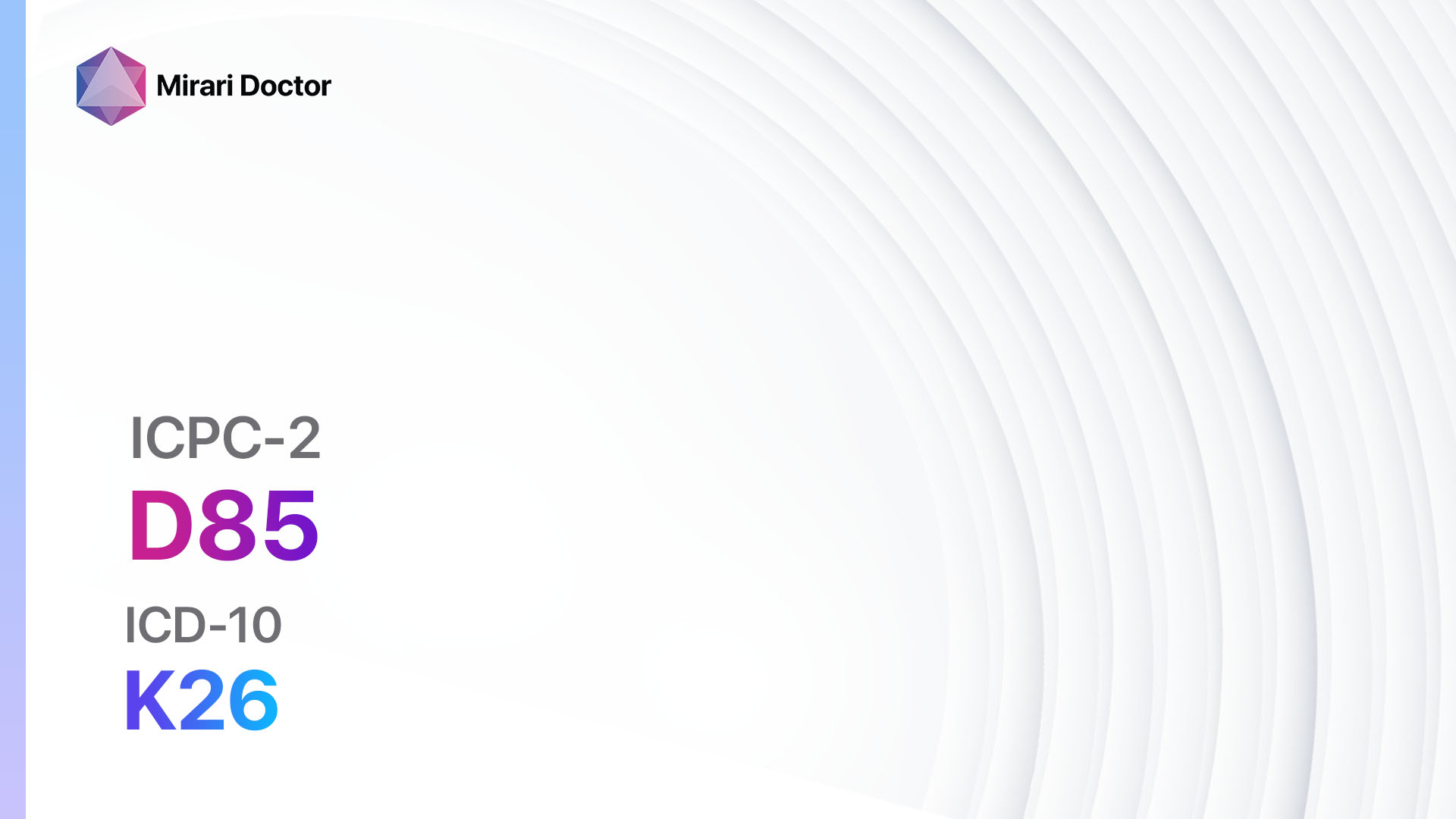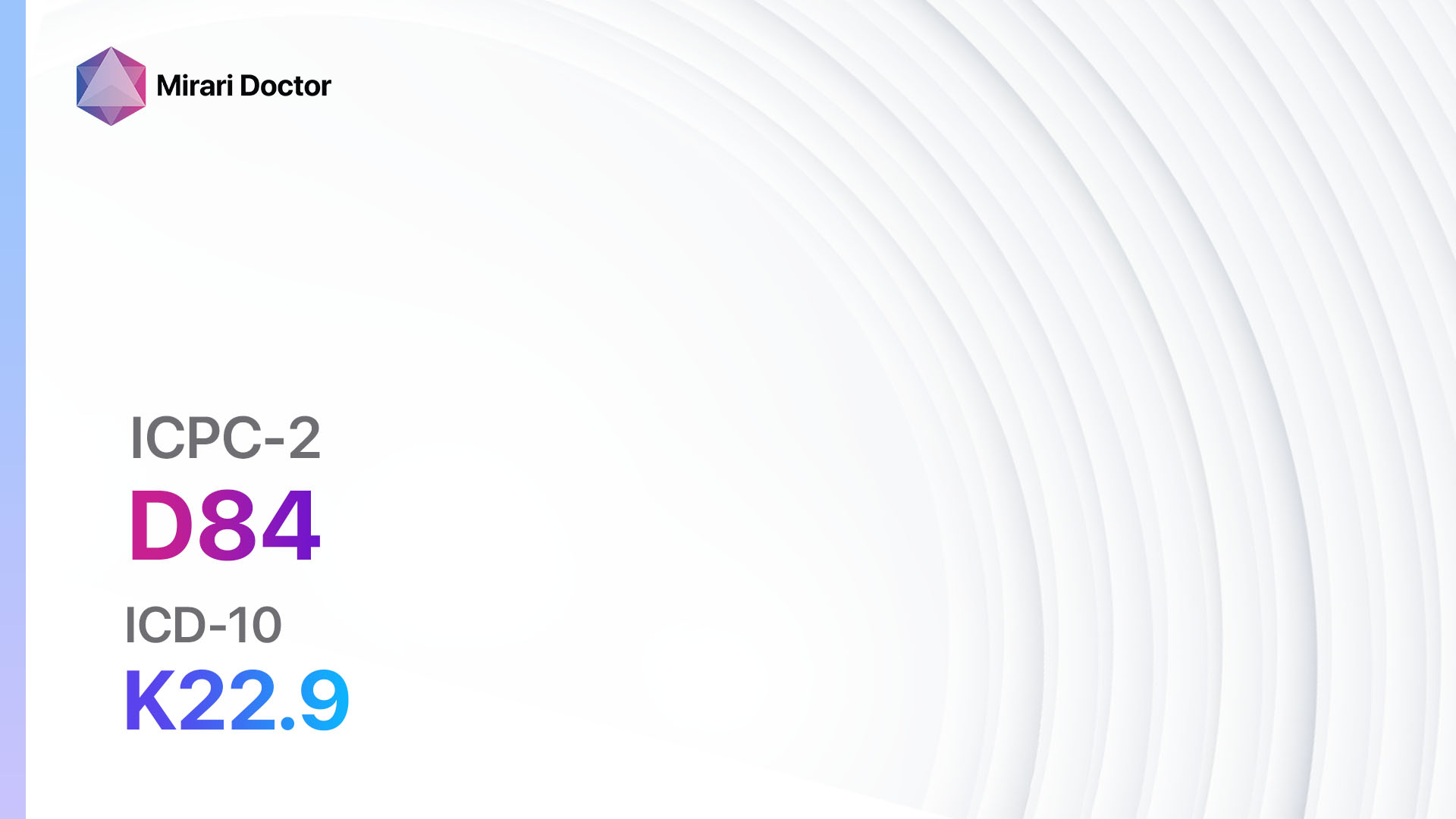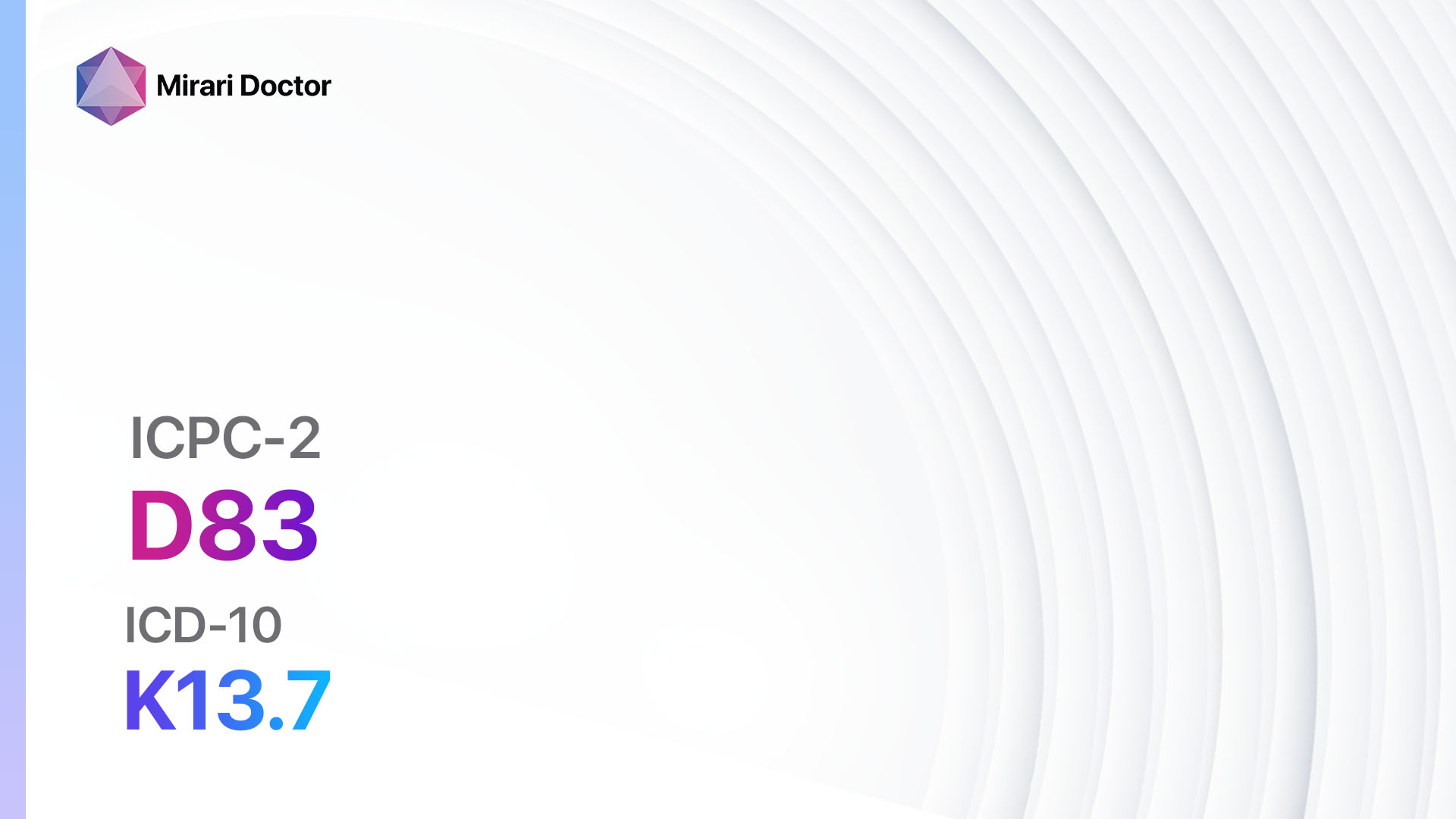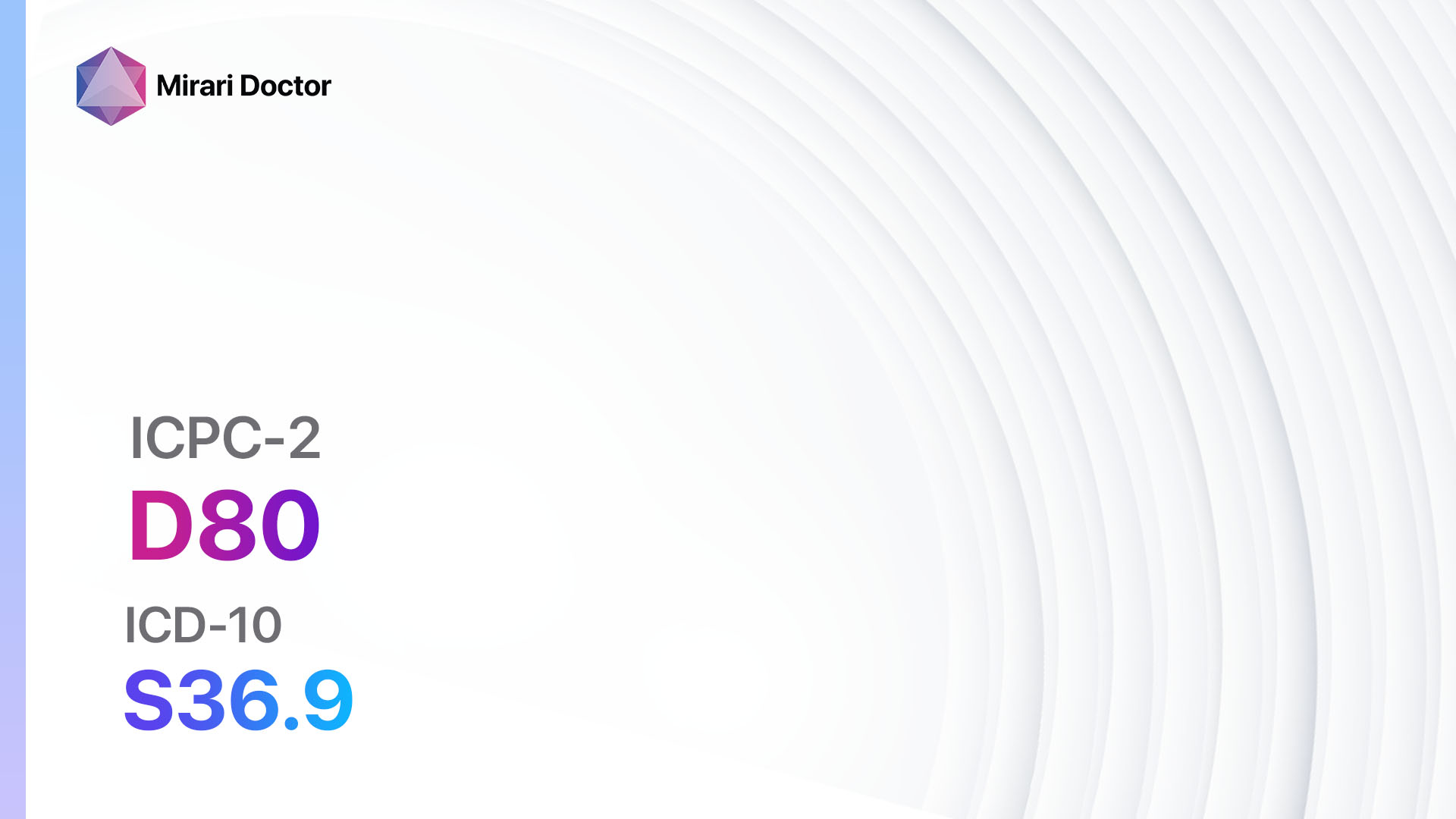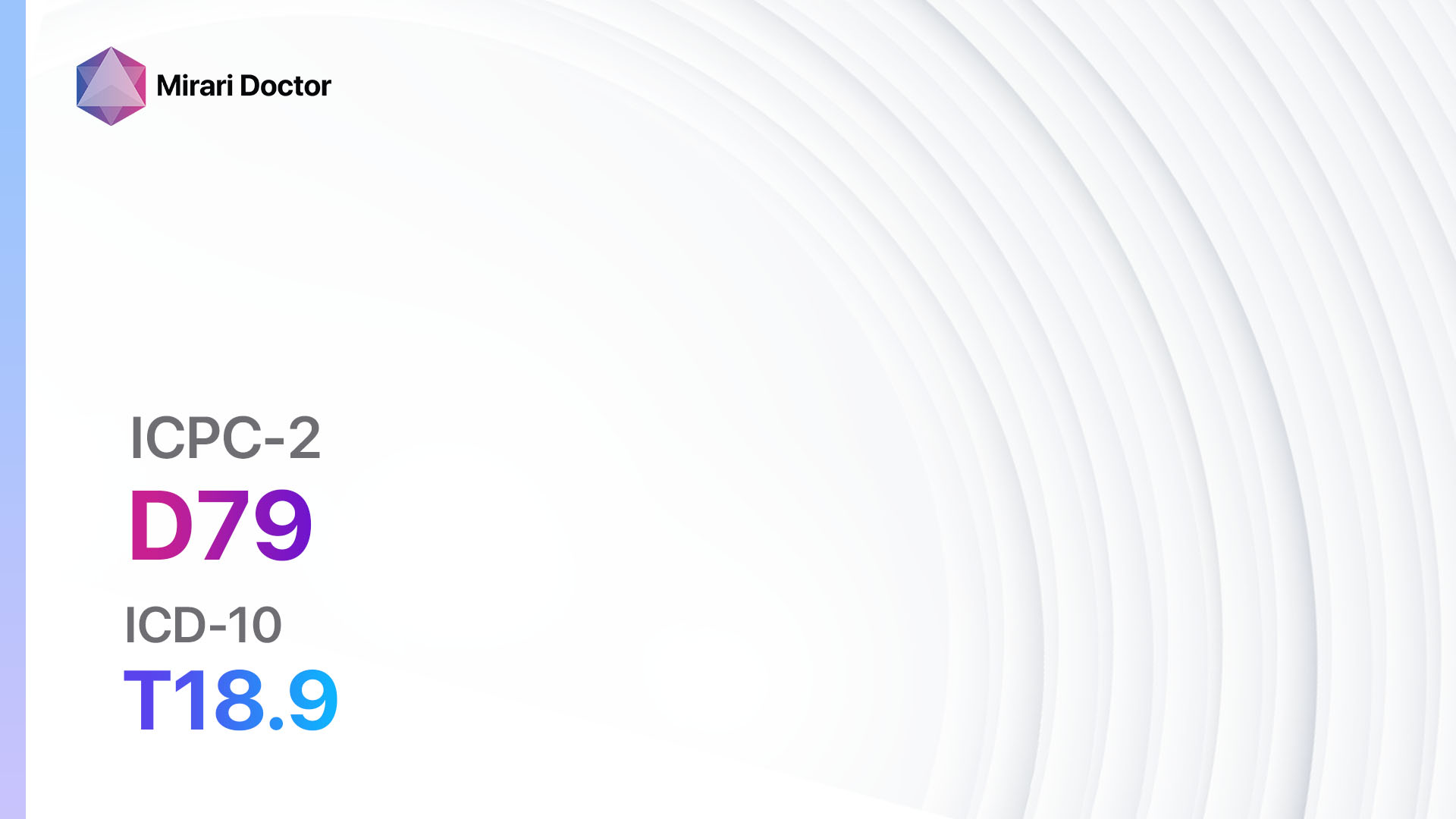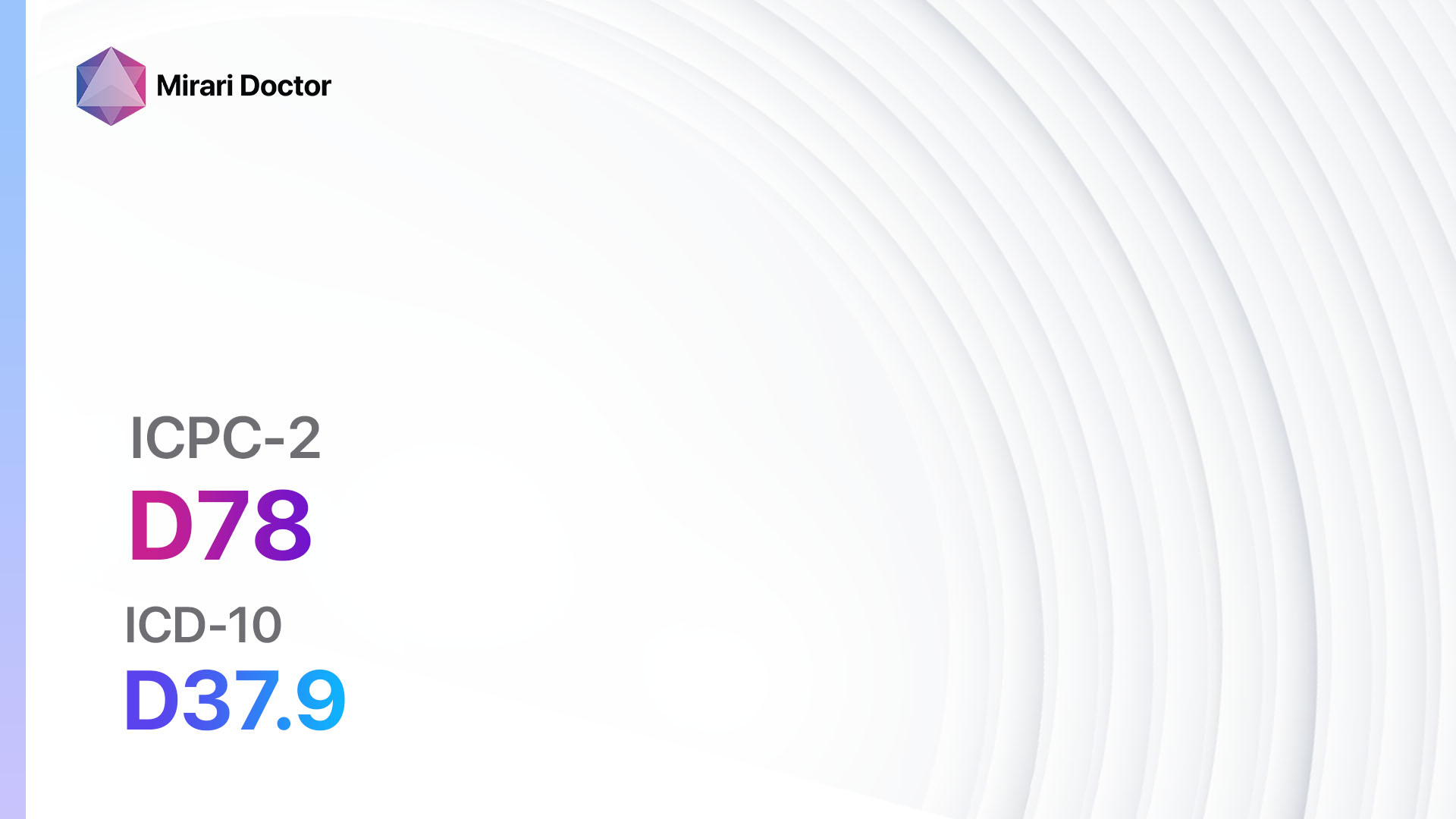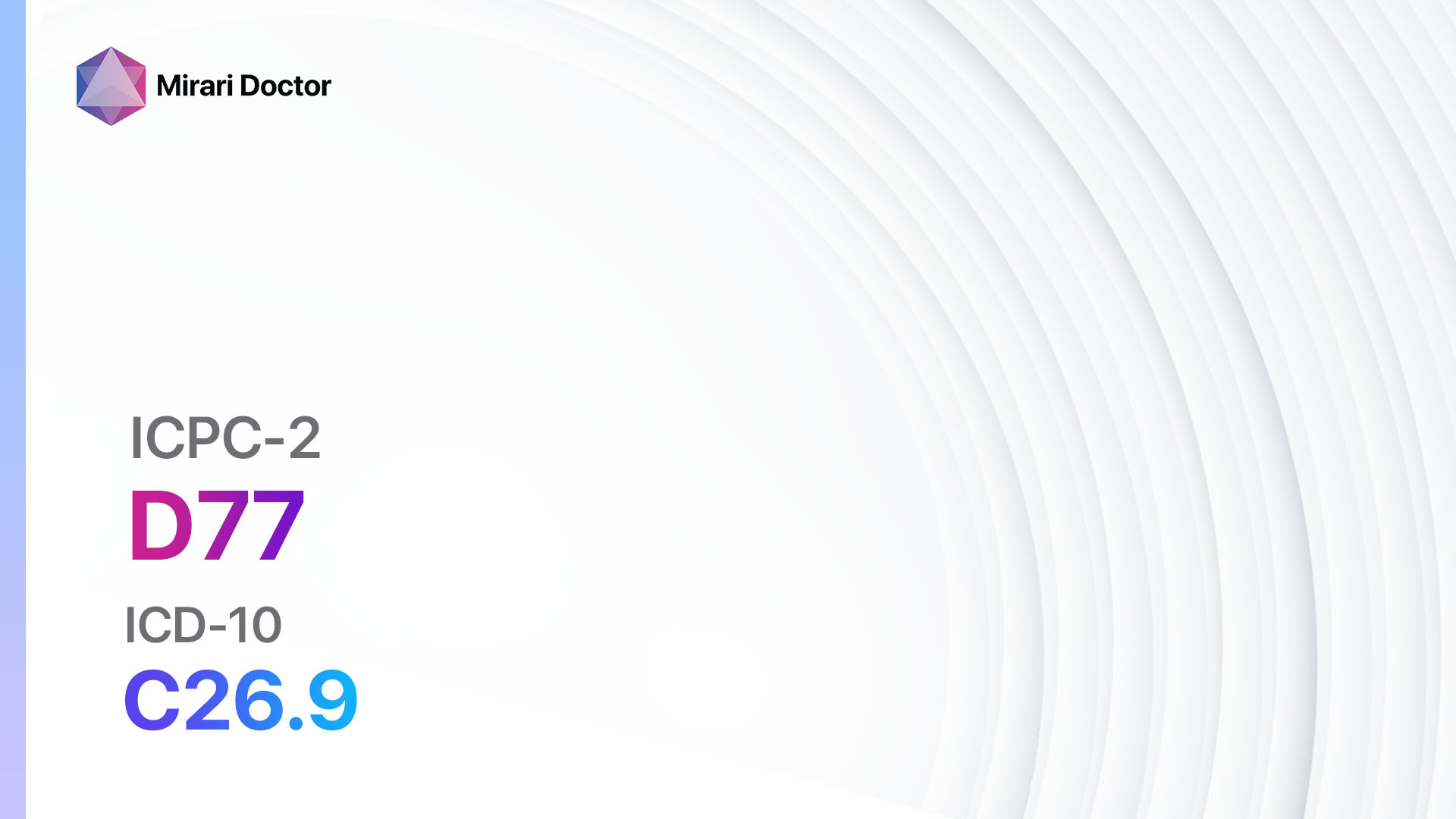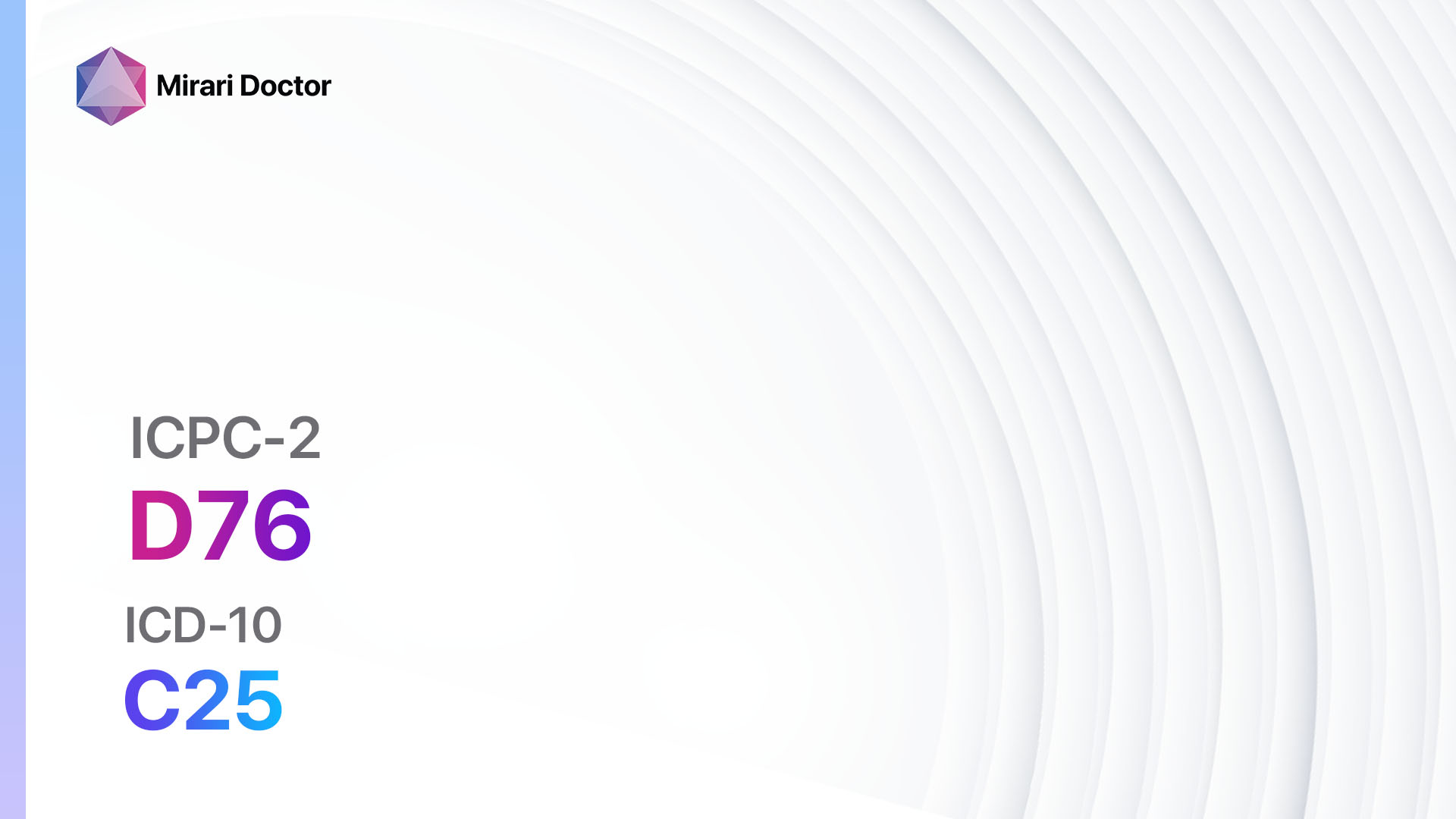
Introduction
Vomiting, also known as emesis, is the forceful expulsion of stomach contents through the mouth[1]. It is a common symptom that can be caused by various underlying conditions[2]. Vomiting can be a sign of a minor illness or a more serious medical condition[3]. The aim of this guide is to provide an overview of the symptoms, causes, diagnostic steps, possible interventions, and lifestyle interventions for vomiting.
Codes
Symptoms
- Nausea: A feeling of discomfort or unease in the stomach, often accompanied by the urge to vomit[6].
- Abdominal pain: Pain or discomfort in the abdomen, which may be mild or severe[7].
- Loss of appetite: A decreased desire to eat or drink[8].
- Dehydration: Excessive loss of fluids from the body, leading to symptoms such as dry mouth, increased thirst, and decreased urine output[9].
- Dizziness: A sensation of lightheadedness or unsteadiness[10].
- Fever: An elevated body temperature, often indicating an infection.
Causes
- Gastroenteritis: Inflammation of the stomach and intestines, usually caused by a viral or bacterial infection.
- Food poisoning: Consumption of contaminated food or water, leading to an infection in the digestive system.
- Motion sickness: A disturbance of the inner ear caused by repetitive motion, such as traveling in a car, boat, or airplane.
- Pregnancy: Hormonal changes during pregnancy can cause nausea and vomiting, commonly known as morning sickness.
- Medications: Certain medications, such as chemotherapy drugs, antibiotics, and painkillers, can cause vomiting as a side effect.
- Gastrointestinal obstruction: Blockage in the digestive system, preventing the normal passage of food and fluids.
- Peptic ulcer disease: Open sores that develop on the lining of the stomach or the first part of the small intestine, often caused by infection with Helicobacter pylori bacteria or long-term use of nonsteroidal anti-inflammatory drugs (NSAIDs).
- Gallbladder disease: Inflammation or infection of the gallbladder, often caused by gallstones.
- Pancreatitis: Inflammation of the pancreas, which can be acute or chronic and is often associated with alcohol abuse or gallstones.
- Migraine: A severe headache that is often accompanied by nausea and vomiting.
Diagnostic Steps
Medical History
- Gather information about the patient’s symptoms, including the frequency and duration of vomiting episodes.
- Ask about any recent travel, exposure to sick individuals, or consumption of potentially contaminated food or water.
- Inquire about any medications the patient is currently taking.
- Assess for any underlying medical conditions, such as pregnancy or gastrointestinal disorders.
Physical Examination
- Check vital signs, including temperature, blood pressure, and heart rate.
- Examine the abdomen for tenderness, distention, or masses.
- Assess for signs of dehydration, such as dry mucous membranes, decreased skin turgor, and decreased urine output.
- Evaluate the patient’s overall appearance and level of distress.
Laboratory Tests
- Complete blood count (CBC): To assess for signs of infection or dehydration.
- Electrolyte panel: To evaluate for imbalances caused by vomiting and dehydration.
- Urinalysis: To rule out urinary tract infection or kidney problems.
- Pregnancy test: To determine if pregnancy is a possible cause of vomiting.
- Stool culture: To identify any bacterial or parasitic infections that may be causing gastrointestinal symptoms.
Diagnostic Imaging
- Abdominal X-ray: To evaluate for signs of bowel obstruction or other abnormalities in the gastrointestinal tract.
- Ultrasound: To assess the gallbladder, liver, and other abdominal organs for any abnormalities.
- CT scan: To obtain detailed images of the abdomen and pelvis, which can help identify the cause of vomiting.
Other Tests
- Upper endoscopy: A procedure in which a flexible tube with a camera is inserted through the mouth to visualize the esophagus, stomach, and upper part of the small intestine.
- Gastric emptying study: A test that measures the rate at which food leaves the stomach, which can help diagnose conditions such as gastroparesis.
- Breath test: Used to detect the presence of Helicobacter pylori bacteria, which can cause peptic ulcer disease.
Follow-up and Patient Education
- Schedule a follow-up appointment to review test results and discuss further management.
- Provide education on self-care measures to manage vomiting, such as staying hydrated, eating small, frequent meals, and avoiding trigger foods or smells.
- Discuss the importance of seeking medical attention if vomiting persists or worsens, or if additional symptoms develop.
Possible Interventions
Traditional Interventions
Medications:
Top 5 drugs for Vomiting:
- Ondansetron (Zofran):
- Cost: $10-$100 for a 30-day supply.
- Contraindications: Hypersensitivity to ondansetron.
- Side effects: Headache, constipation, dizziness.
- Severe side effects: Allergic reactions, abnormal heart rhythm.
- Drug interactions: Apomorphine, tramadol, certain antidepressants.
- Warning: Use caution in patients with liver disease.
- Metoclopramide (Reglan):
- Cost: $10-$50 for a 30-day supply.
- Contraindications: Gastrointestinal obstruction, pheochromocytoma.
- Side effects: Restlessness, drowsiness, diarrhea.
- Severe side effects: Tardive dyskinesia, neuroleptic malignant syndrome.
- Drug interactions: Antipsychotics, certain antidepressants.
- Warning: Use caution in patients with Parkinson’s disease.
- Promethazine (Phenergan):
- Cost: $10-$50 for a 30-day supply.
- Contraindications: Coma, severe respiratory depression.
- Side effects: Drowsiness, dry mouth, blurred vision.
- Severe side effects: Respiratory depression, neuroleptic malignant syndrome.
- Drug interactions: Opioids, certain antidepressants.
- Warning: Use caution in patients with asthma or other respiratory conditions.
- Diphenhydramine (Benadryl):
- Cost: $5-$20 for a 30-day supply.
- Contraindications: Acute asthma attack, narrow-angle glaucoma.
- Side effects: Drowsiness, dry mouth, dizziness.
- Severe side effects: Seizures, severe allergic reactions.
- Drug interactions: Alcohol, sedatives, certain antidepressants.
- Warning: Use caution in elderly patients.
- Prochlorperazine (Compazine):
- Cost: $10-$50 for a 30-day supply.
- Contraindications: Coma, severe central nervous system depression.
- Side effects: Drowsiness, dry mouth, constipation.
- Severe side effects: Neuroleptic malignant syndrome, tardive dyskinesia.
- Drug interactions: Alcohol, opioids, certain antidepressants.
- Warning: Use caution in patients with Parkinson’s disease or epilepsy.
Alternative Drugs:
- Ginger: A natural remedy that has been used for centuries to alleviate nausea and vomiting. Cost: $5-$10 for a 30-day supply.
- Peppermint: Known for its soothing properties, peppermint can help relieve nausea and calm the stomach. Cost: $5-$10 for a 30-day supply.
- Acupressure wristbands: These wristbands apply pressure to specific points on the wrist, which can help reduce nausea and vomiting. Cost: $10-$20 per pair.
- Hydroxyzine (Vistaril): An antihistamine that can help relieve nausea and anxiety. Cost: $10-$50 for a 30-day supply.
- Metoclopramide nasal spray (Cerena): A prescription nasal spray that can provide relief from migraines accompanied by nausea and vomiting. Cost: $100-$200 for a 30-day supply.
Surgical Procedures:
In cases where vomiting is caused by a structural abnormality or obstruction, surgical intervention may be necessary. The specific procedure will depend on the underlying cause and may include:
- Gastrectomy: Removal of part or all of the stomach.
- Bowel resection: Removal of a portion of the intestine.
- Cholecystectomy: Removal of the gallbladder.
- Appendectomy: Removal of the appendix.
- Hiatal hernia repair: Surgical correction of a hiatal hernia.
Alternative Interventions
- Acupuncture: May help alleviate nausea and vomiting by stimulating specific points on the body. Cost: $60-$120 per session.
- Hypnosis: Can be used to induce a relaxed state and reduce symptoms of nausea and vomiting. Cost: $100-$200 per session.
- Aromatherapy: The use of essential oils, such as peppermint or ginger, to relieve nausea and promote relaxation. Cost: $10-$30 per bottle.
- Mind-body techniques: Practices such as meditation, deep breathing, and guided imagery can help reduce stress and alleviate symptoms of nausea. Cost: Varies depending on the specific technique.
- Herbal supplements: Certain herbs, such as chamomile or lemon balm, have been traditionally used to relieve nausea and promote digestion. Cost: Varies depending on the specific supplement.
Lifestyle Interventions
- Stay hydrated: Sip on clear fluids, such as water, ginger ale, or electrolyte solutions, to prevent dehydration.
- Eat small, frequent meals: Opt for bland, easily digestible foods, such as crackers, toast, or broth, to minimize stomach irritation.
- Avoid trigger foods or smells: Identify and avoid foods or smells that trigger nausea and vomiting.
- Practice relaxation techniques: Deep breathing, meditation, or yoga can help reduce stress and promote a sense of calm.
- Get plenty of rest: Fatigue can worsen symptoms of nausea, so make sure to get enough sleep and rest when needed.
It is important to note that the cost ranges provided are approximate and may vary depending on the location and availability of the interventions.
Mirari Cold Plasma Alternative Intervention
Understanding Mirari Cold Plasma
- Safe and Non-Invasive Treatment: Mirari Cold Plasma is a safe and non-invasive treatment option for various skin conditions. It does not require incisions, minimizing the risk of scarring, bleeding, or tissue damage.
- Efficient Extraction of Foreign Bodies: Mirari Cold Plasma facilitates the removal of foreign bodies from the skin by degrading and dissociating organic matter, allowing easier access and extraction.
- Pain Reduction and Comfort: Mirari Cold Plasma has a local analgesic effect, providing pain relief during the treatment, making it more comfortable for the patient.
- Reduced Risk of Infection: Mirari Cold Plasma has antimicrobial properties, effectively killing bacteria and reducing the risk of infection.
- Accelerated Healing and Minimal Scarring: Mirari Cold Plasma stimulates wound healing and tissue regeneration, reducing healing time and minimizing the formation of scars.
Mirari Cold Plasma Prescription
Video instructions for using Mirari Cold Plasma Device – D10 Vomiting (ICD-10:R11)
| Mild | Moderate | Severe |
| Mode setting: 1 (Infection) Location: 3 (Kidney, Liver & Spleen) Morning: 15 minutes, Evening: 15 minutes |
Mode setting: 1 (Infection) Location: 3 (Kidney, Liver & Spleen) Morning: 30 minutes, Lunch: 30 minutes, Evening: 30 minutes |
Mode setting: 1 (Infection) Location: 3 (Kidney, Liver & Spleen) Morning: 30 minutes, Lunch: 30 minutes, Evening: 30 minutes |
| Mode setting: 2 (Wound Healing) Location: 3 (Kidney, Liver & Spleen) Morning: 15 minutes, Evening: 15 minutes |
Mode setting: 2 (Wound Healing) Location: 3 (Kidney, Liver & Spleen) Morning: 30 minutes, Lunch: 30 minutes, Evening: 30 minutes |
Mode setting: 2 (Wound Healing) Location: 3 (Kidney, Liver & Spleen) Morning: 30 minutes, Lunch: 30 minutes, Evening: 30 minutes |
| Mode setting: 7 (Immunotherapy) Location: 1 (Sacrum) Morning: 15 minutes, Evening: 15 minutes |
Mode setting: 7 (Immunotherapy) Location: 1 (Sacrum) Morning: 30 minutes, Lunch: 30 minutes, Evening: 30 minutes |
Mode setting: 7 (Immunotherapy) Location: 1 (Sacrum) Morning: 30 minutes, Lunch: 30 minutes, Evening: 30 minutes |
| Total Morning: 45 minutes approx. $7.50 USD, Evening: 45 minutes approx. $7.50 USD |
Total Morning: 90 minutes approx. $15 USD, Lunch: 90 minutes approx. $15 USD, Evening: 90 minutes approx. $15 USD, |
Total Morning: 90 minutes approx. $15 USD, Lunch: 90 minutes approx. $15 USD, Evening: 90 minutes approx. $15 USD, |
| Usual treatment for 7-60 days approx. $105 USD – $900 USD | Usual treatment for 6-8 weeks approx. $1,890 USD – $2,520 USD |
Usual treatment for 3-6 months approx. $4,050 USD – $8,100 USD
|
 |
|
Use the Mirari Cold Plasma device to treat Vomiting effectively.
WARNING: MIRARI COLD PLASMA IS DESIGNED FOR THE HUMAN BODY WITHOUT ANY ARTIFICIAL OR THIRD PARTY PRODUCTS. USE OF OTHER PRODUCTS IN COMBINATION WITH MIRARI COLD PLASMA MAY CAUSE UNPREDICTABLE EFFECTS, HARM OR INJURY. PLEASE CONSULT A MEDICAL PROFESSIONAL BEFORE COMBINING ANY OTHER PRODUCTS WITH USE OF MIRARI.
Step 1: Cleanse the Skin
- Start by cleaning the affected area of the skin with a gentle cleanser or mild soap and water. Gently pat the area dry with a clean towel.
Step 2: Prepare the Mirari Cold Plasma device
- Ensure that the Mirari Cold Plasma device is fully charged or has fresh batteries as per the manufacturer’s instructions. Make sure the device is clean and in good working condition.
- Switch on the Mirari device using the power button or by following the specific instructions provided with the device.
- Some Mirari devices may have adjustable settings for intensity or treatment duration. Follow the manufacturer’s instructions to select the appropriate settings based on your needs and the recommended guidelines.
Step 3: Apply the Device
- Place the Mirari device in direct contact with the affected area of the skin. Gently glide or hold the device over the skin surface, ensuring even coverage of the area experiencing.
- Slowly move the Mirari device in a circular motion or follow a specific pattern as indicated in the user manual. This helps ensure thorough treatment coverage.
Step 4: Monitor and Assess:
- Keep track of your progress and evaluate the effectiveness of the Mirari device in managing your Vomiting. If you have any concerns or notice any adverse reactions, consult with your health care professional.
Note
This guide is for informational purposes only and should not replace the advice of a medical professional. Always consult with your healthcare provider or a qualified medical professional for personal advice, diagnosis, or treatment. Do not solely rely on the information presented here for decisions about your health. Use of this information is at your own risk. The authors of this guide, nor any associated entities or platforms, are not responsible for any potential adverse effects or outcomes based on the content.
Mirari Cold Plasma System Disclaimer
- Purpose: The Mirari Cold Plasma System is a Class 2 medical device designed for use by trained healthcare professionals. It is registered for use in Thailand and Vietnam. It is not intended for use outside of these locations.
- Informational Use: The content and information provided with the device are for educational and informational purposes only. They are not a substitute for professional medical advice or care.
- Variable Outcomes: While the device is approved for specific uses, individual outcomes can differ. We do not assert or guarantee specific medical outcomes.
- Consultation: Prior to utilizing the device or making decisions based on its content, it is essential to consult with a Certified Mirari Tele-Therapist and your medical healthcare provider regarding specific protocols.
- Liability: By using this device, users are acknowledging and accepting all potential risks. Neither the manufacturer nor the distributor will be held accountable for any adverse reactions, injuries, or damages stemming from its use.
- Geographical Availability: This device has received approval for designated purposes by the Thai and Vietnam FDA. As of now, outside of Thailand and Vietnam, the Mirari Cold Plasma System is not available for purchase or use.
References
- Nausea and vomiting. (2021). National Institute of Diabetes and Digestive and Kidney Diseases. https://www.niddk.nih.gov/health-information/digestive-diseases/nausea-vomiting
- Vomiting. (2021). Mayo Clinic. https://www.mayoclinic.org/symptoms/vomiting/basics/definition/sym-20050736
- Vomiting. (2021). Cleveland Clinic. https://my.clevelandclinic.org/health/symptoms/4568-vomiting
- ICPC-2 – English. (n.d.). https://www.gesy.org.cy/el-gr/annualreport/icpc-2-english1-10.pdf
- ICD-10-CM Diagnosis Code R11. (2021). ICD10Data.com. https://www.icd10data.com/ICD10CM/Codes/R00-R99/R10-R19/R11-
- Nausea. (2021). Mayo Clinic. https://www.mayoclinic.org/symptoms/nausea/basics/definition/sym-20050736
- Abdominal pain. (2021). Mayo Clinic. https://www.mayoclinic.org/symptoms/abdominal-pain/basics/definition/sym-20050728
- Loss of appetite. (2021). Mayo Clinic. https://www.mayoclinic.org/symptoms/loss-of-appetite/basics/definition/sym-20050744
- Dehydration. (2021). Mayo Clinic. https://www.mayoclinic.org/diseases-conditions/dehydration/symptoms-causes/syc-20354086
- Dizziness. (2021). Mayo Clinic. https://www.mayoclinic.org/diseases-conditions/dizziness/symptoms-causes/syc-20371787
Related articles
Made in USA


